Cats, with their mysterious eyes and graceful movements, have always intrigued humans. While they’re often seen as independent creatures, there’s a rich tapestry of emotions woven into their behavior. Many cat enthusiasts are familiar with the purrs and meows, but there’s so much more beneath the surface. Delving into these often overlooked emotional patterns can deepen the bond between humans and their feline companions. Let’s explore these hidden gems of feline emotion.
The Subtle Art of Twitching Tails
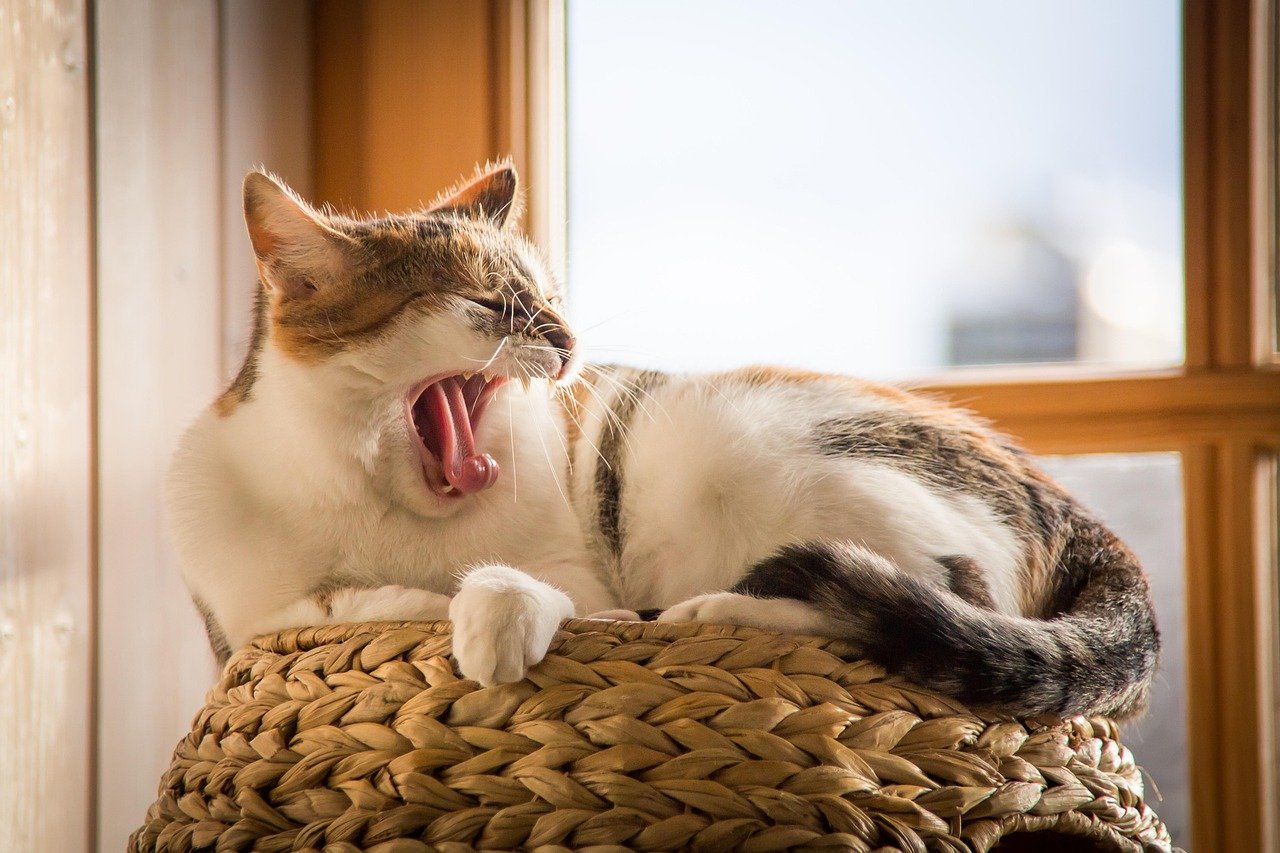
A cat’s tail is like a mood ring, revealing emotions that might not be obvious at first glance. When a cat’s tail twitches, it can mean a variety of things. A gentle twitch might indicate curiosity, whereas a rapid flick can be a sign of irritation. Observing these subtle movements can provide insights into what your cat is feeling. Imagine being able to tell if your cat is annoyed or just intrigued by something new. By paying close attention to these tail signals, you can better understand and respond to your cat’s needs.
The Mysterious Slow Blink
The slow blink is a gesture often missed by those not familiar with feline communication. When a cat looks at you and slowly blinks, it’s akin to a human smile. This is a sign of trust and affection. Cats use this gesture to communicate with each other and with humans they feel comfortable around. It’s like a silent “I love you.” If you return the slow blink, you might just strengthen your bond with your furry friend. This small gesture can create a bridge of understanding, making your cat feel more secure and loved.
Purring: More Than Just a Vibration
Many people associate purring with a happy cat, but this isn’t always the case. While cats do purr when content, they also purr when they’re anxious or in pain as a self-soothing mechanism. The frequency of a cat’s purr can have therapeutic effects, aiding in healing and stress reduction. Understanding the context in which your cat is purring can help you gauge their true emotional state. Listening closely and observing other body language cues will provide a clearer picture of what your cat is experiencing.
Whisker Talk: The Unseen Language
Whiskers are not just adorable facial features; they are sensitive tools that provide cats with a wealth of information about their environment. When a cat’s whiskers are fanned forward, it usually means they are curious or excited. Conversely, whiskers pulled back against the face can indicate fear or irritation. By paying attention to these tiny hairs, you can gain a deeper understanding of your cat’s emotions. It’s like having a secret decoder ring for your cat’s feelings, allowing you to respond with empathy and care.
Vocalizations Beyond the Meow
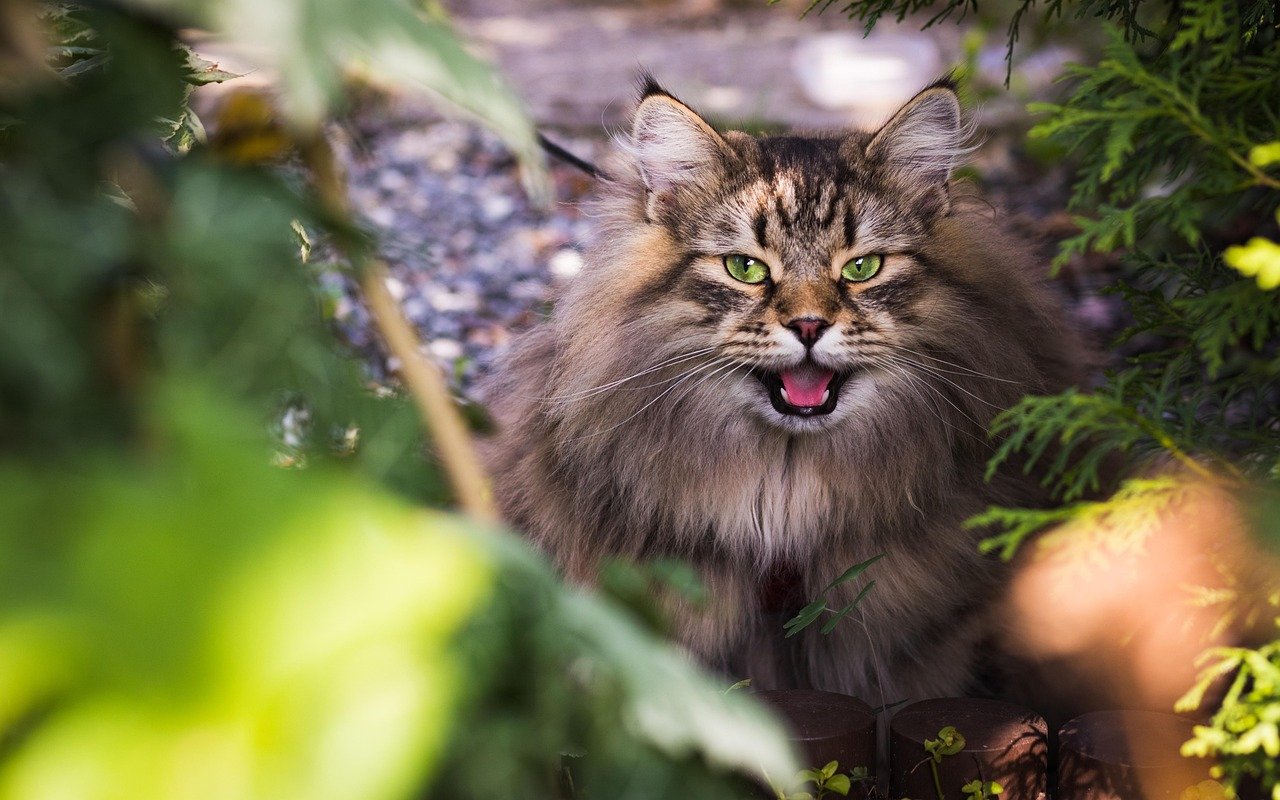
Cats are vocal creatures, and each sound they make has its own meaning. Beyond the typical “meow,” cats use trills, chirps, and even howls to express themselves. A trill is often a greeting, while a chirp might indicate excitement, especially when watching birds outside the window. Understanding these vocal nuances can enhance your relationship with your cat, allowing for richer communication. It’s like learning a new language, one that’s filled with the warmth and affection of your feline companion.
The Comfort of Kneading
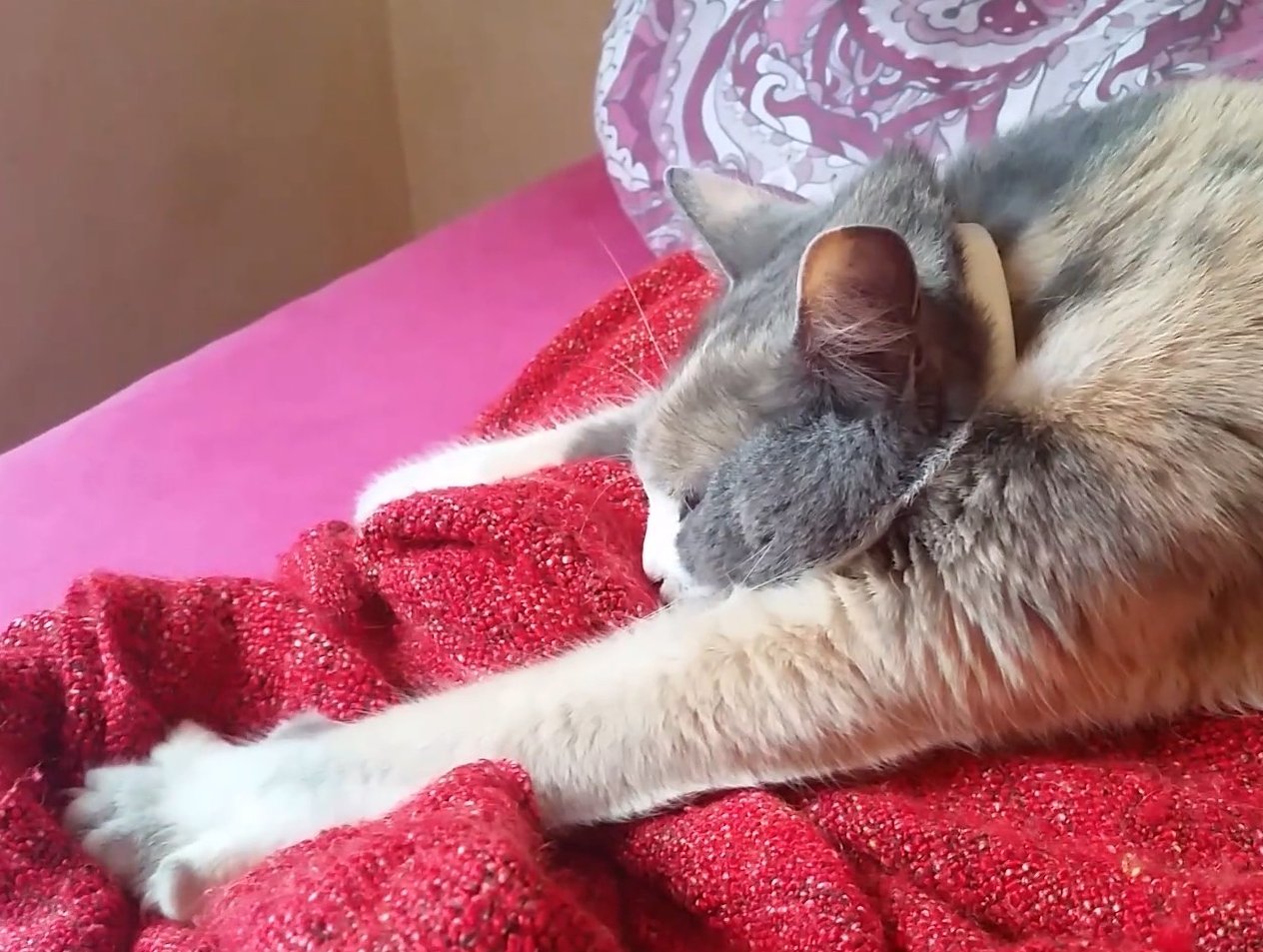
Kneading, often referred to as “making biscuits,” is a behavior that stems from kittenhood. When cats knead, they’re not just being cute; they’re expressing comfort and contentment. This behavior is reminiscent of nursing, where kittens knead their mother’s belly to stimulate milk flow. When your cat kneads on you, it’s a sign they feel safe and loved. Understanding this behavior can help you appreciate the depth of your cat’s affection and the trust they place in you.
Understanding Playfulness
Play is an essential part of a cat’s emotional expression. It’s not just about burning energy; it’s a way for cats to express their instincts and emotions. A playful cat might be expressing happiness, curiosity, or even a desire for attention. Recognizing the different play styles of your cat can give you insights into their personality and mood. Engaging in play with your cat not only strengthens your bond but also provides them with mental and physical stimulation.
The Telltale Signs of Stress
Cats can be masters at hiding stress, but if you know what to look for, you can help them feel more at ease. Signs of stress in cats include excessive grooming, hiding, and changes in eating habits. Recognizing these signs early can prevent more serious health issues down the line. By creating a calm and safe environment, you can help reduce your cat’s stress levels. It’s like being a detective, piecing together clues to ensure your feline friend is happy and healthy.
Comfort in Routine
Cats are creatures of habit, and they find comfort in routine. Changes in their environment or daily schedule can lead to stress or anxiety. Understanding the importance of routine can help you provide a stable and predictable environment for your cat. This doesn’t mean you can’t introduce new things, but doing so gradually and with consideration for your cat’s comfort can make a big difference. By respecting your cat’s need for routine, you’re fostering a sense of security and well-being.
The Power of Touch
Physical touch is a powerful tool in communicating with your cat. While some cats love being held or cuddled, others may prefer a gentle pat or scratch behind the ears. Understanding your cat’s preferences can enhance your relationship and provide them with comfort. It’s important to respect their boundaries and pay attention to their body language. By doing so, you’re showing your cat that you care about their feelings and comfort, which can strengthen the bond between you both.
The Subtlety of Eye Contact
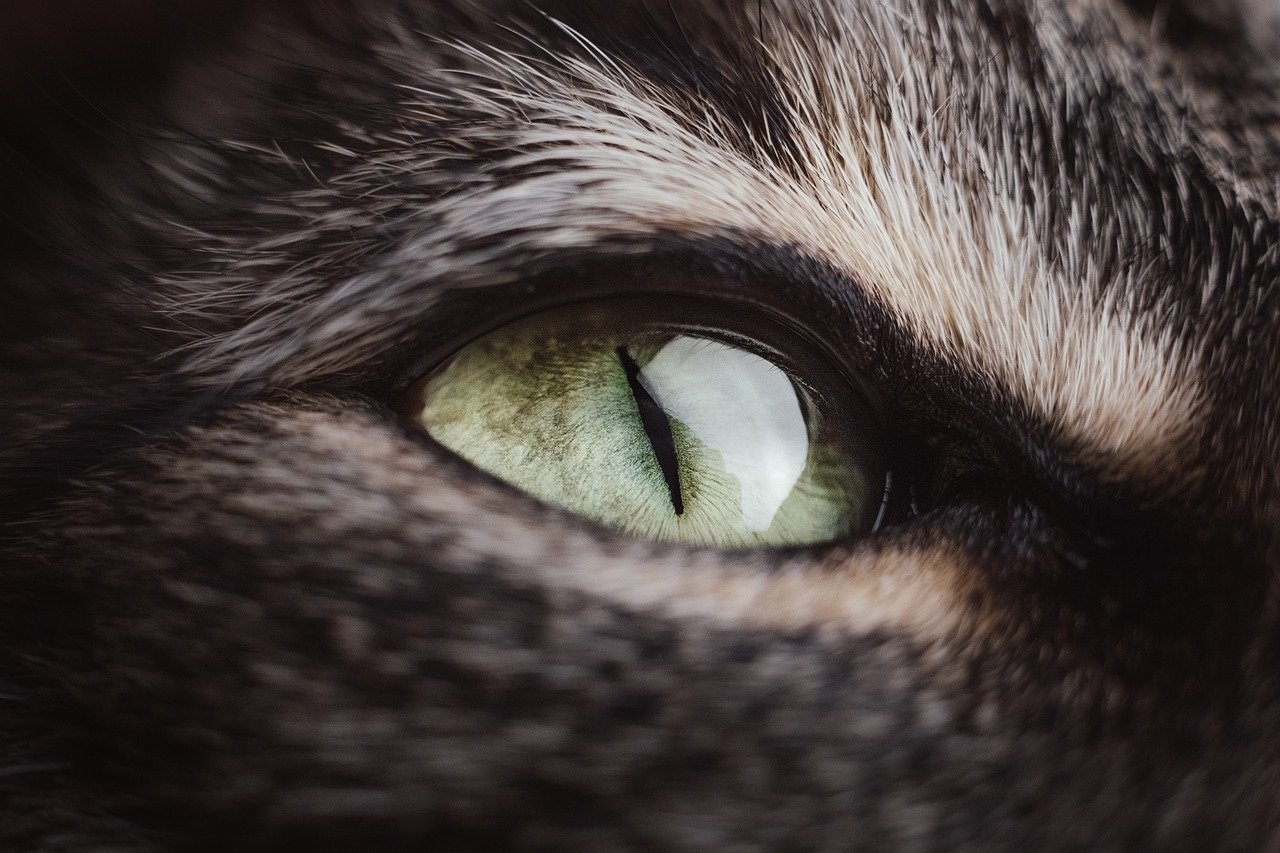
Eye contact in the feline world is more significant than many realize. A direct stare can be perceived as a challenge or threat, while a soft gaze or slow blink is an expression of trust and affection. Understanding these nuances can improve your communication with your cat. By returning a gentle gaze, you’re telling your cat that you respect and care for them. It’s a silent conversation that can deepen your connection and build trust over time.
The Importance of Personal Space

Cats value their personal space, and understanding this can prevent misunderstandings. Just like humans, cats have moments when they need solitude. Providing your cat with a safe, quiet space where they can retreat when needed is essential for their emotional well-being. Respecting their need for space shows your cat that you understand and value their feelings. This can lead to a more harmonious relationship and a happier cat.
Recognizing Signs of Affection
Cats have unique ways of showing affection, and recognizing these signs can enhance your bond. Head bunting, for example, is a way cats mark you with their scent, signaling that they consider you part of their territory. Gentle nibbles or licks are also signs of affection. Understanding these gestures can help you appreciate the depth of your cat’s love and trust. By reciprocating with gentle affection, you’re reinforcing the bond you share.
The Role of Body Posture

A cat’s body posture can tell you a lot about their emotional state. A relaxed cat will have a loose, open posture, while a frightened or anxious cat might crouch or arch their back. By observing your cat’s posture, you can better understand their feelings and respond appropriately. This awareness can prevent potential stressors and create a more comfortable environment for your cat. It’s like reading a story, with each movement and position revealing a new chapter of your cat’s emotional journey.
The Significance of Scent Marking
Scent marking is a natural behavior for cats, allowing them to communicate with others and establish territory. When a cat rubs against furniture or people, they’re leaving behind pheromones that convey information about their mood and identity. Understanding this behavior can help you appreciate your cat’s need for security and familiarity. By respecting their scent marking, you’re acknowledging their need for personal space and comfort.
The Emotional Impact of Grooming
Grooming is more than just a way for cats to keep clean; it’s also a form of self-soothing and bonding. Cats groom themselves to relieve stress and show affection to other cats or humans. Understanding the emotional aspect of grooming can help you respond to your cat’s needs with empathy. By providing your cat with grooming opportunities and respecting their grooming rituals, you’re supporting their emotional well-being.
The Comfort of Familiar Scents
Cats have a keen sense of smell, and familiar scents play a significant role in their emotional comfort. Surrounding your cat with familiar scents can help reduce anxiety and create a sense of security. This might include using their favorite blanket or allowing them to explore items with your scent. Understanding the importance of scent can help you create a comforting environment for your cat, enhancing their emotional well-being.
The Subtle Signs of Illness
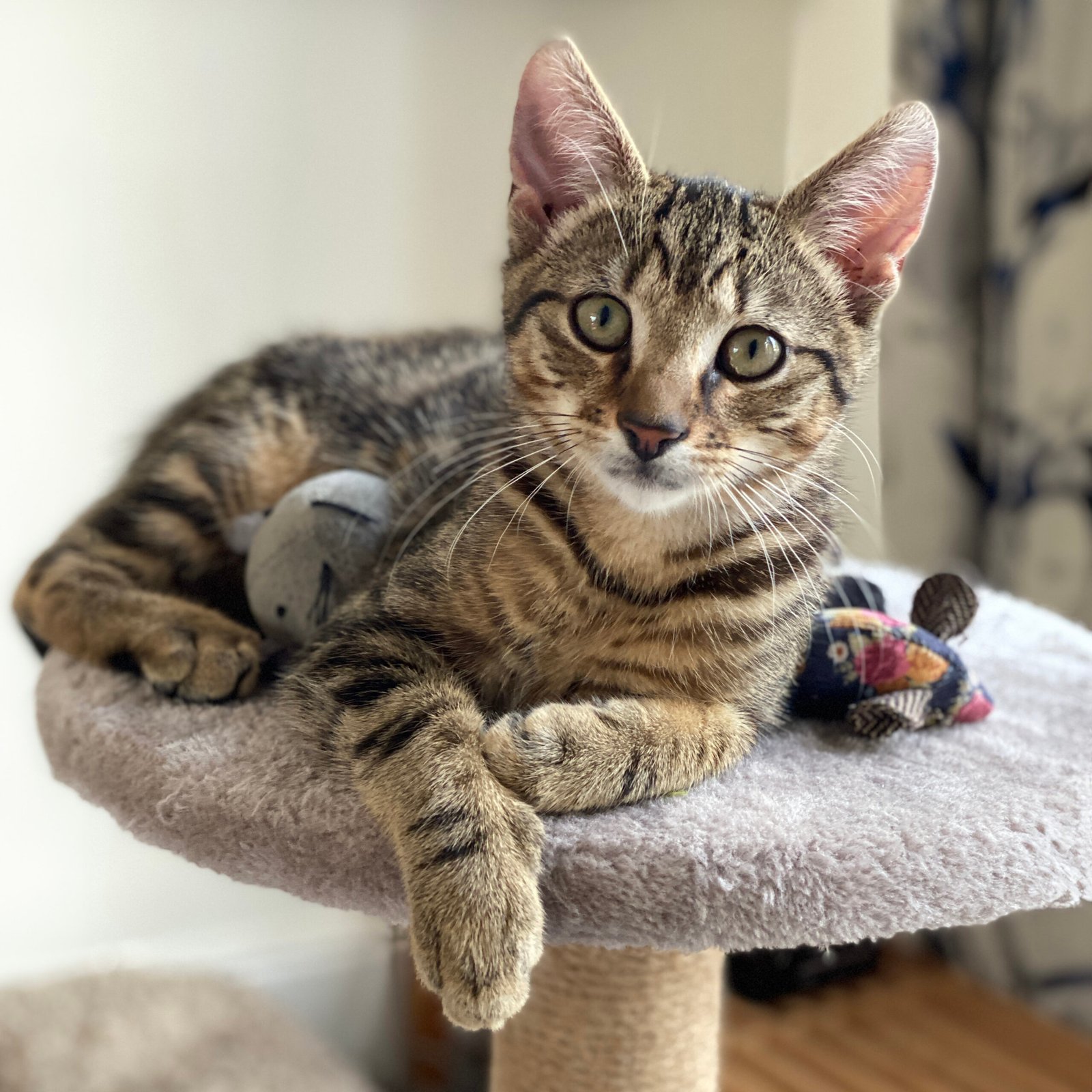
Cats often hide signs of illness, but by understanding their emotional patterns, you can detect potential health issues early. Changes in behavior, such as increased aggression or withdrawal, can indicate that something is wrong. By paying attention to these changes, you can seek veterinary care promptly, ensuring your cat’s health and happiness. It’s like being a guardian, always vigilant and ready to protect your feline friend.
The Importance of Environmental Enrichment
Providing a stimulating environment is crucial for a cat’s emotional health. This includes toys, climbing structures, and opportunities for exploration. Understanding your cat’s need for enrichment can help prevent boredom and associated behavioral issues. By creating a dynamic and engaging environment, you’re supporting your cat’s emotional and physical well-being. It’s like offering a playground, where your cat can explore, play, and thrive.
Recognizing Grief in Cats
Cats can experience grief, often after the loss of a companion animal or human. Signs of grief include changes in appetite, increased vocalization, and withdrawal. Understanding the emotional impact of loss can help you support your cat through this difficult time. By providing comfort and maintaining a routine, you can help your cat heal and adjust. It’s a testament to the deep bond shared, reminding us of the emotional depth and complexity of our feline friends.
Understanding these emotional patterns in cats not only enriches the human-feline relationship but also ensures that our furry friends live happier, more fulfilling lives. By recognizing and responding to these often subtle cues, we can provide our cats with the love, care, and respect they deserve.
Hi, I’m Bola, a passionate writer and creative strategist with a knack for crafting compelling content that educates, inspires, and connects. Over the years, I’ve honed my skills across various writing fields, including content creation, copywriting, online course development, and video scriptwriting.
When I’m not at my desk, you’ll find me exploring new ideas, reading books, or brainstorming creative ways to solve challenges. I believe that words have the power to transform, and I’m here to help you leverage that power for success.
Thanks for stopping by, Keep coming to this website to checkout new articles form me. You’d always love it!






